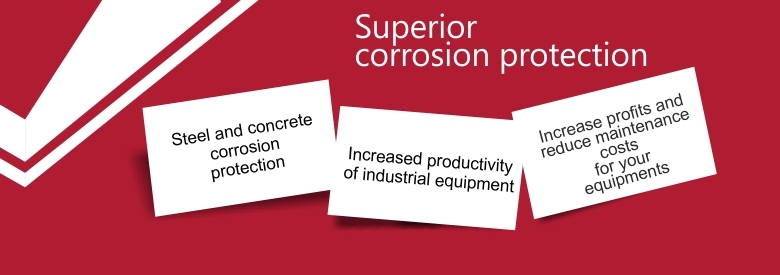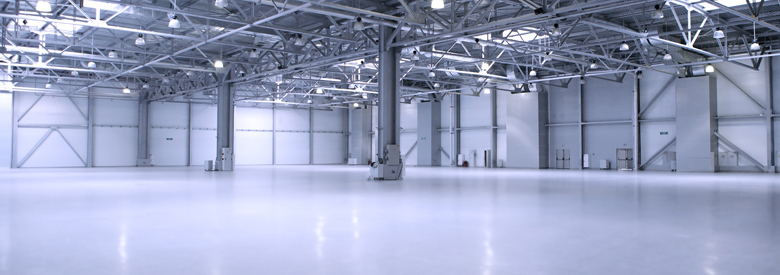Corrosion protection classification and corrosion resistance classes

ISO 9223 Standard classifies atmospheric corrosivity, based on measurements of time and moisture, and the categories of pollution (sulfur dioxide, chlorine, etc.). The standard is not recommended for use in extreme atmospheres, such as in chemical processing plants.
For the classification of pollution are taken into account chlorides and sulfur dioxide in the air, which provides a big coverage of rural atmospheres, urban, industrial and marine..
Based on these measures, the atmosphere is classified into 5 categories in terms of corrosion, using two types of units, short-term corrosion rate (CR) steels g m-2 year-1 (one year) or mm year- 1 (twenty years):
|
Categories |
Short-term |
Long-term |
|
(g m-2 an-1) |
(mm an-1) |
|
|
C1 |
CR <= 10 |
CR <= 0.1 |
|
C2 |
10 < CR <= 200 |
0.1 < CR <= 0.5 |
|
C3 |
200 < CR <= 400 |
1.5 < CR <= 6 |
|
C4 |
400 < CR <= 650 |
6 < CR <= 20 |
|
C5 |
650 < CR |
20 < CR |
· C1: indoor – dry
· C2: indoor - occasional condensation / outdoor –rural
· C3: indoor - high humidity, light air pollution / outdoor - urban area, sea or near the coast
· C4: indoor - water tanks, chemical plants / outdoor - industrial areas of land or sea coast
· C5: outdoor - industrial areas with high humidity or high salinity marine coasts
According to ISO 9223, corrosiveness environment is inferred by combining the category TOW (degree of moisture - the time when atmospheric conditions are favorable for the formation of a layer of moisture on the metal surface) with chloride and sulfur dioxide categories, according to the following scheme:
Category one (T1)
Category two (T2)
Category three (T3)
Category four (T4)
Category five (T5)
Corrosive ratings are converted into short-term rates corrosivity (g m-2 year-1), in accordance with the table below:
|
Category |
Steel |
Copper |
Aluminiu |
Zinc |
|
C1 |
CR <= 10 |
CR <= 0.9 |
negligible |
CR <= 0.7 |
|
C2 |
10 < CR <= 200 |
0.9 < CR <= 5 |
CR <= 0.6 |
0.7 < CR <= 5 |
|
C3 |
200 < CR <= 400 |
5 < CR <= 12 |
0.6 < CR <= 2 |
5 < CR <= 15 |
|
C4 |
400 < CR <= 650 |
12 < CR <= 25 |
2 < CR <= 5 |
15 < CR <= 30 |
|
C5 |
650 < CR |
25 < CR |
5 < CR |
30 < CR |
Using ISO guidelines and atmospheric data revealed the most important parameters affecting atmospheric corrosion. If we speak about marine environment, the type of moisture and chloride deposition rates are the most important, while in the rural areas moisture period is having the biggest influence.













